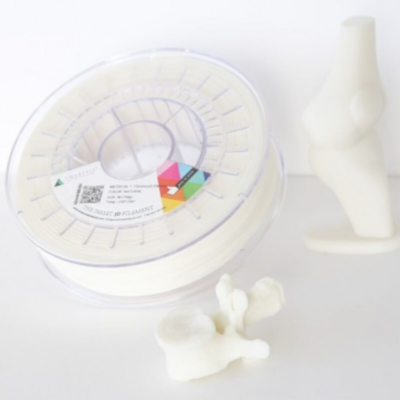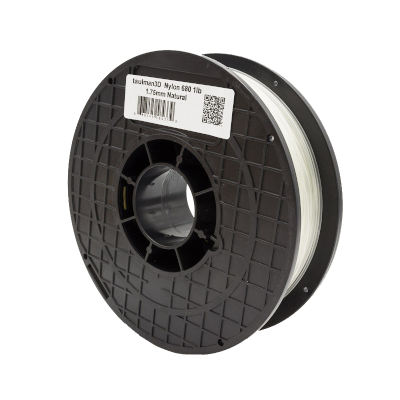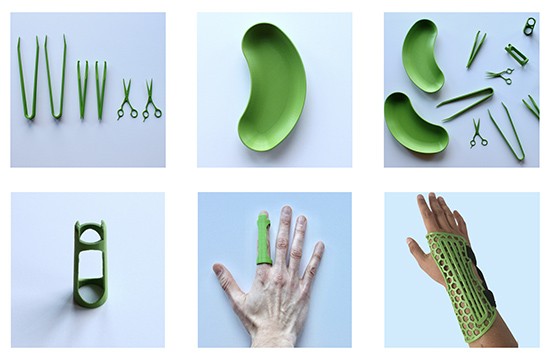
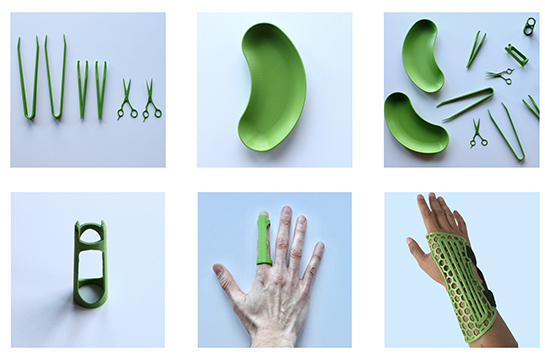
The world of 3D printing is very present in the field of medicine, although many people have no knowledge of it. We could say that 2011 was the year of the boom of 3D printing in this sector thanks to the case of Kaiba Gionfriddo. The girl Kaiba was born with a disease that weakens the trachea to such an extent that it collapsed. Despite being intubated, the girl still had moments of respiratory arrest, something that also affected her heart. But thanks to the intervention of Green and Hollister, two experts in biomechanical engineering, who designed, printed and connected in the Kaiba trachea a biocompatible device quickly and efficiently. Kaiba was saved and improved her life.
From the impact of this event, the field of medicine began to work, more and more, with 3D printing and is currently the base an infinity of advances in the medical sector.
In the following lines we will talk about fields of medicine where 3D printing is more present:
Pre-operative
Medicine has evolved greatly and quickly, when performing certain generic operations but there are still risks in interventions where the patient has a problem that needs delicate surgery.
Currently the previous problem is decreasing thanks to the fact that most hospitals have some type of scanner, which can transfer the shape of any part of the human body, both external and internal, to a computer and then perform it on a real scale in a 3D printer in a very short period of time. Having a real model helps the surgeon to detect problems and to program the intervention, greatly raising the success cases in complex interventions.
But the advantage of reproducing human parts does not end here. The realization of parts, such as organs that show tumors, help the study of diseases and how to intervene, something that previously was done with parts of animals or deceased persons, there being important deviations between the real and the parameters offered by the conventional method.
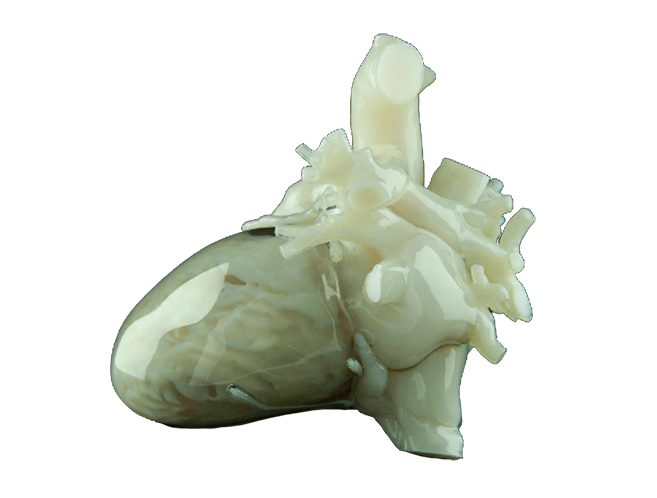
Image 1: Heart by 3D printing. Source: Cardiac Models
Prosthesis
In this particular field, 3D FDM printing with special antibacterial filaments has revolutionized the manufacture of low cost prosthetics. Many organizations are involved in projects for the creation of this type of prosthesis and send them to countries where there are a large number of amputees due to diseases and wars.
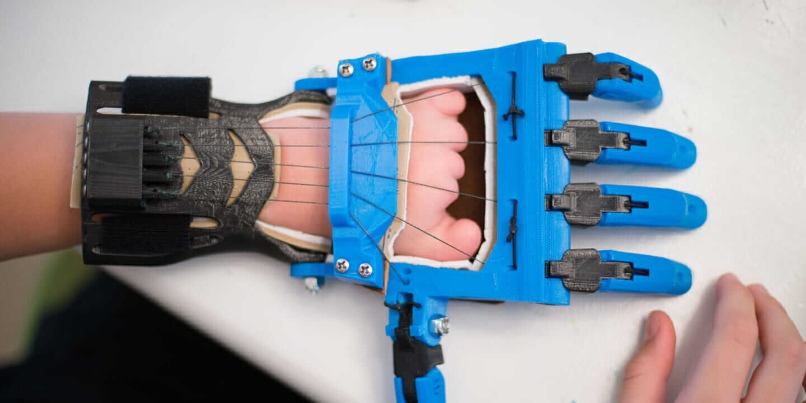
Image 2: Low cost prosthesis. Source: Autodesk
On the other hand, other technologies of 3D printing, such as metal 3D printing (DMLS) are being used to make implants with conventional materials, such as titanium. These implants show the porosity, resistance, complexity and geometric precision necessary to be implanted surgically in a myriad of cases, such as orthopedic hips.
Dental
The dental sector always requires precision products and high surface finish. For this reason, large manufacturers of resin 3D printers have developed products specifically for this field. Previously, generic elements and tools were used for all patients, taking a long time in easy operations and even producing some damage to the patient. With the emergence of 3D printing, printers such as Form 2 and dental resins, this sector has evolved greatly. Currently doctors can create personalized guides for each patient with a very high precision. These guides and other tools that can be printed, are used to place dental restoration treatments (screws, implants, plates, etc.) without any errors.
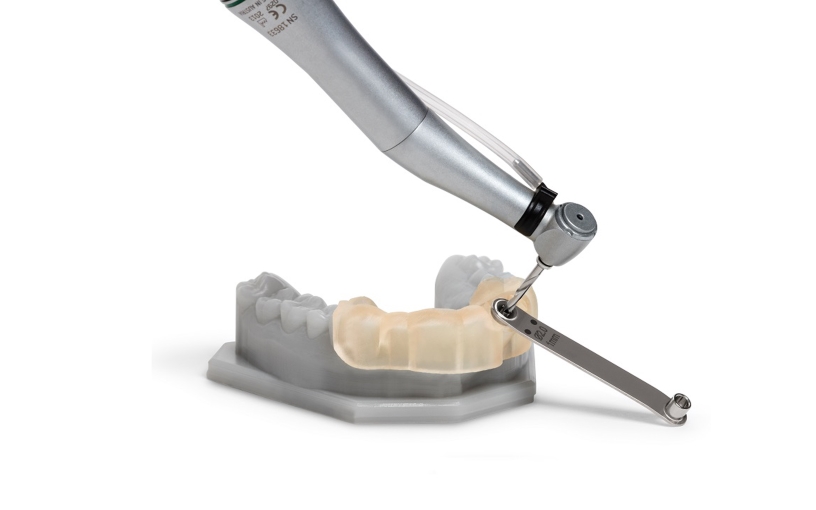
Image 3: Dental tool. Soruce: Formlabs
Tissues and organs
In this field we are still advancing and getting the first success cases applicable to people. In the most advanced development centers and hospitals it is getting to print really incredible elements, such as ears from human cartilage and bio-printed liver particles that work for 40 days. It really is the field with the greatest potential for the future, but currently the furthest.
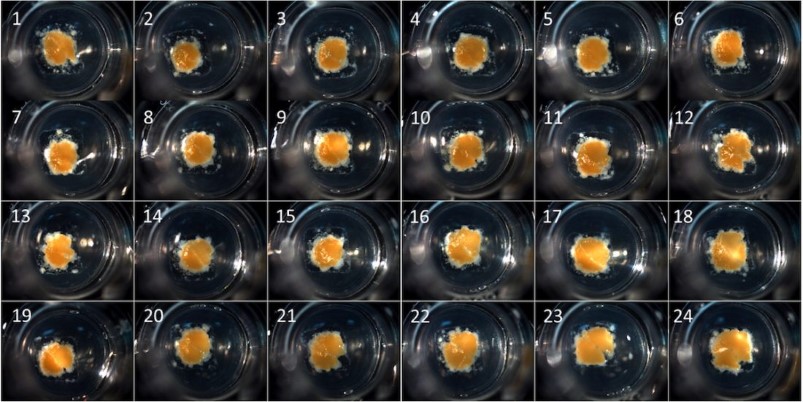
Image 4: Bioprinted liver particles. Source: Xconomy
There are other fields of medicine where 3D printing is the key to its evolution. One of those is the pharmaceutical field, where Lee Cronin, a great chemist at the University of Glasgow, is developing a 3D printer that can bind chemical compounds at the molecular level to create custom-made medicines, with the right dose for each patient. These medications will increase the effectiveness of the treatments.
After this review of the advances that 3D printing has brought to medicine, we can affirm that: "Additive manufacturing has been and will continue to be a shuttle for the evolution of medicine".

